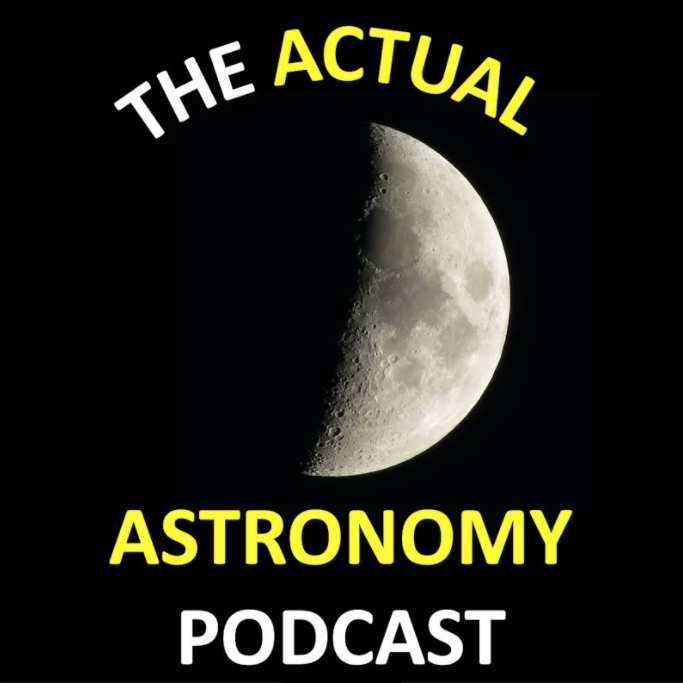The Actual Astronomy Podcast presents The Observer’s Calendar for July 2025. In this episode we talk about how to see Mercury, the Moon as it pairs with Spica, Antares, Saturn, Jupiter, several carbon stars and some deep sky objects like M6&M7.


The Actual Astronomy Podcast presents The Observer’s Calendar for July 2025. In this episode we talk about how to see Mercury, the Moon as it pairs with Spica, Antares, Saturn, Jupiter, several carbon stars and some deep sky objects like M6&M7.

Lets take a closer look at the search for a possible planet in our outer solar system & also aurorae here, Jupiter, & Neptune

The Actual Astronomy talk about the Moon as it pairs with Saturn, Mercury and Mars. Also the chance to see Clavius Crater or Mare Orientale.


In this episode we talk about how to see the Moon as it pairs with Saturn and Venus in the morning sky, Mars & the Beehive in the evening sky

March 2025 says goodbye to Saturn, welcomes a total lunar eclipse, and continues hanging out with the rest of the planets

Get out under the stars in December of 2024 to see ALL THE PLANETS! Especially on Christmas night. Plus a bunch of close encounters between the Moon and those planets, and the annual Geminid meteor shower.

The Actual Astronomy Observer’s Calendar talk about Comet Tsuchinshan-ATLAS & the pairings of the Moon and Venus, Jupiter and other planets.

How to observe the Perseid meteor shower,Lunar X and Straight Wall, Minor Planets Iris and Psyche plus bright comets.

July’s fireworks include Saturn coming back around closer to being an evening planet, Mercury and Venus dancing low in the evenings, and some magic between the Moon and Spica.